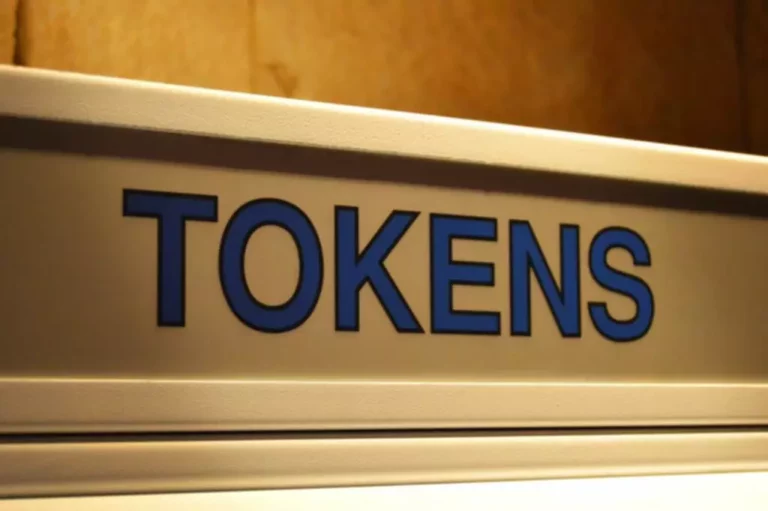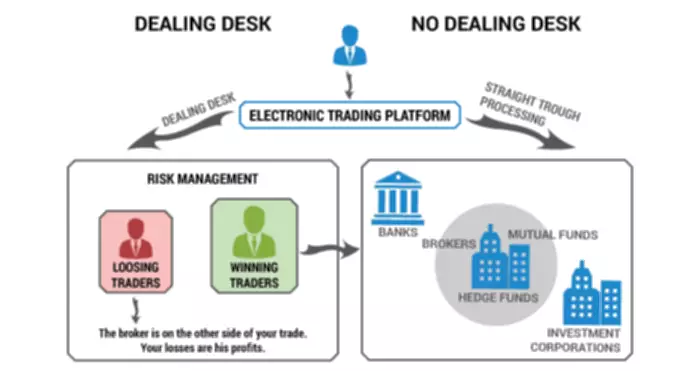What Are Falling Wedge Patterns and How Trade Them?
Look for a series of lower highs and lower lows that converges into a point. As with any other technical analysis tool, it is important to confirm any signals generated by the pattern. Also note how momentum increased dramatically once price broke above the resistance line, which signaled an end to the pattern.
With each successive price increase or wave upwards, volumes continue to decline, showing that market demand is waning at the price that is higher. When a bearish market is established, a rising wedge pattern is comparatively more accurate. Sometimes, what may appear to be a rising wedge pattern during a bullish trend, might in fact be a flag pattern or a pennant pattern, which takes roughly four weeks to form. Yes, falling wedge patterns are considered highly profitable to trade due to the strong bullish probabilities and upside breakouts. Traders have the advantage of buying into strength as momentum increases coming out of the wedge. Profit targets based on the pattern’s parameters also provide reasonable upside objectives.
One of the continuation chart patterns is the symmetrical triangle pattern, wherein two intersecting trend lines link a set of peaks and troughs to create this pattern. In order to achieve an equal slope, the trend lines should be intersecting. This particular chart pattern implies a period of consolidation before the prices break out. Since the rising wedge pattern has a particularly distinct configuration, it can advise traders and investors to look out for impending top and reverse prices.
- Generally, a falling wedge is seen as a reversal, though there are instances where it might help a trend continue rather than the reverse.
- When a bearish market is established, a rising wedge pattern is comparatively more accurate.
- FCX provides a textbook example of a falling wedge at the end of a long downtrend.
- Traders can look to the starting point of the descending wedge pattern and measure the vertical distance between support and resistance.
A step by step guide to help beginner and profitable traders have a full overview of all the important skills (and what to learn next 😉) to reach profitable trading ASAP. You can apply the general rule here – first is that the former levels of support will become new resistance levels, and vice versa. Secondly, the range of the former channel can show the size of a subsequent move. Another common indication of a wedge that is close to breakout is falling volume as the market consolidates.
Note in these cases, the falling and the rising wedge patterns have a reversal characteristic. This is because in both cases the formations are in the direction of the trend, representing moves on their last leg. Support and resistance are a key part of trading falling wedge patterns. They form two lines; what is a falling wedge pattern the upper resistance line and lower support line. On the contrary, a bearish symmetrical triangle is an example of a chart pattern that exhibits a continuation of the downtrend. The action preceding the development of the symmetrical triangle has to be bearish for the triangle to be termed bearish.
The bullish bias of a falling wedge cannot be confirmed until a breakout. Until it breaks out, ride the downside using puts and shorts. Because the rising wedge pattern is commonly seen after prolonged trends, it can be very useful and effective in trading Bitcoin and other cryptocurrencies.
Types of Wedge Pattern
Here is another example of a falling wedge pattern but this time it formed during a corrective phase in Gold which signaled a potential trend continuation once the pattern completed. Hello dear traders,
Here are some educational chart patterns you must know in 2022 and 2025. I hope you find this information educational and informative. We are new here so we ask you to support our views with your likes and comments,
Feel free to ask any questions in the comments, and we’ll try to answer them all, folks. Traders can make use of falling wedge technical analysis to spot reversals in the market. The USD/CHF chart below presents such a case, with the market continuing its downward trajectory by making new lows.
We have no knowledge of the level of money you are trading with or the level of risk you are taking with each trade. HowToTrade.com helps traders of all levels learn how to trade the financial markets. Let’s see how the falling wedge continuation pattern looks in reality. We research technical analysis patterns so you know exactly what works well for your favorite markets.
Free Trading Courses
It has a high probability of predicting bullish breakouts and upside price moves. The pattern has clearly defined support/resistance lines and breakout rules which provides an edge in trading. When confirmed with rising volume on the breakout, falling wedges can signal high-probability upside moves making them a reliable bullish pattern. A falling wedge pattern https://www.xcritical.in/ forms when the price of an asset declines over time, right before the trend’s last downward movement. The trend lines established above the highs and below the lows on the price chart pattern merge when the price fall loses strength and buyers enter to reduce the rate of decline. The price breaks through the upper trend line before the lines merge.

When a security’s price has been falling over time, a wedge pattern can occur just as the trend makes its final downward move. The trend lines drawn above the highs and below the lows on the price chart pattern can converge as the price slide loses momentum and buyers step in to slow the rate of decline. Before the lines converge, the price may breakout above the upper trend line.
Rising Wedge Pattern in Uptrend
A falling wedge technical analysis chart pattern forms when the price of an asset has been declining over time, right before the trend’s last downward movement. The trend lines established above the highs and below the lows on the price chart pattern converge when the price fall loses strength and buyers enter to lower the rate of decline. Although many newbie traders confuse wedges with triangles, rising and falling wedge patterns are easily distinguishable from other chart patterns. They are also known as a descending wedge pattern and ascending wedge pattern. Rising and falling wedges are a technical chart pattern used to predict trend continuations and trend reversals. In many cases, when the market is trending, a wedge pattern will develop on the chart.

This means that the distance between where a trader would enter the trade and the price where they would open a stop-loss order is relatively tight. Here it can be very easy to get kicked out of the trade for minimum loss, but if the stock moves to the benefit of the trader, it can lead to an excellent return. In both cases, we enter the market after the wedges break through their respective trend lines. There are two wedges on the chart – a red ascending wedge and a blue descending wedge.
It is a type of pattern development in which trade operations are limited to convergent straight lines, thereby making a pattern. The wedge normally requires roughly 3 to 4 weeks to finish its formation. This formation has a tilted slant that rises or falls in the same way. Below we are going to show you the two ways in which you can find the falling wedge pattern.
What’s the difference between the falling wedge pattern and the descending triangle pattern?
In a falling wedge, both boundary lines slant down from left to right. Volume keeps on diminishing and trading activity slows down due to narrowing prices. There comes the breaking point, and trading activity after the breakout differs. Once prices move out of the specific boundary lines of a falling wedge, they are more likely to move sideways and saucer-out before they resume the basic trend. Each day our team does live streaming where we focus on real-time group mentoring, coaching, and stock training. We teach day trading stocks, options or futures, as well as swing trading.
Divergence happens when the oscillator is going in one direction while the price is moving in another. This frequently happens with wedges since the price is still rising or decreasing, although in smaller and smaller price waves. They begin to move in the opposite direction to represent this. To do so, some of the most common and useful trend reversal indicators include the Relative Strength Index (RSI), moving averages, MACD, and Fibonacci retracement levels. Nonetheless, regardless of the market condition, you always need to find the same pattern formation and follow the same rules when using this pattern to predict future price movements.
The continuous trend of a decreasing volume is significant as it tells us that the buyers, who are still in control despite the pull back, are not investing much resources yet. Trade on one of the most established and easy-to-use trading platforms. Our content is packed with the essential knowledge that’s needed to help you to become a successful trader. On our site, you will find thousands of dollars worth of free online trading courses, tutorials, and reviews. We are opposed to charging ridiculous amounts to access experience and quality information. If you do not agree with any term of provision of our Terms and Conditions, you should not use our Site, Services, Content or Information.